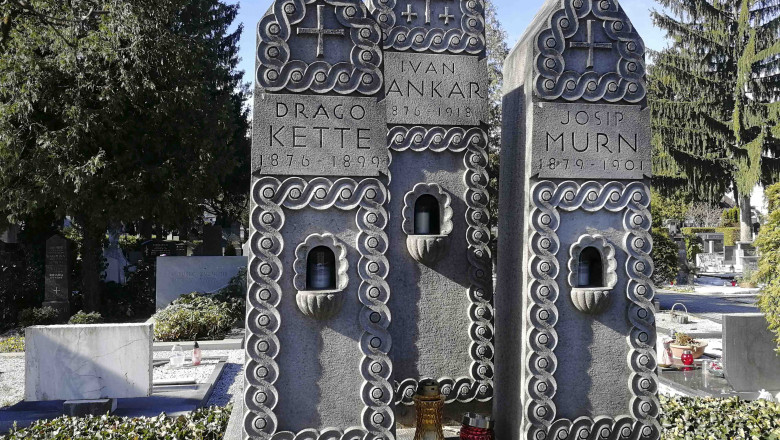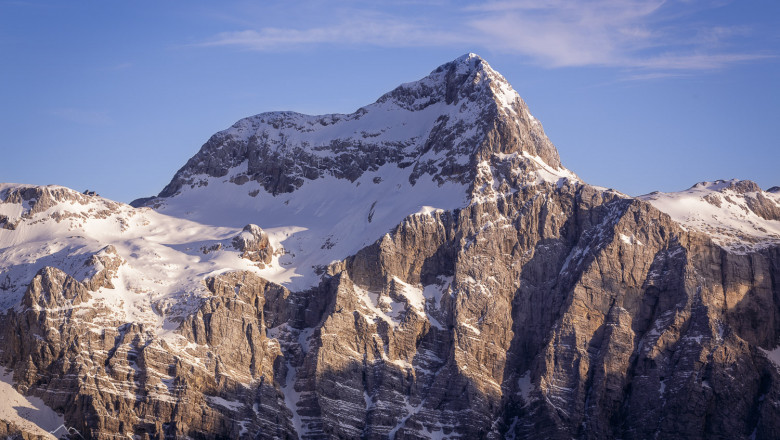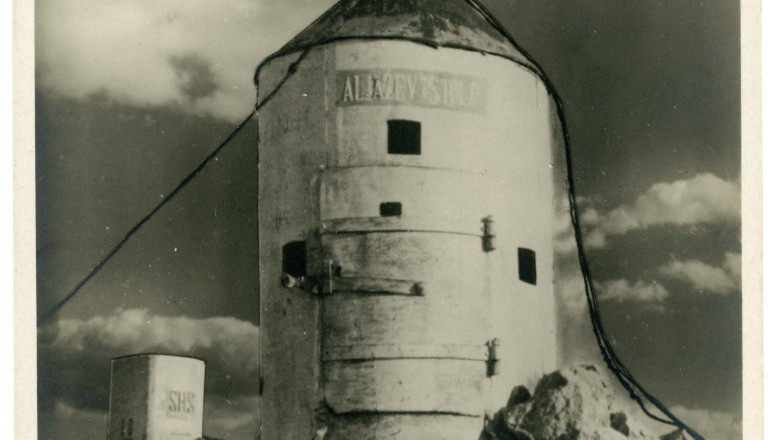
Project code: J6-60101
Duration: 1 January 2025 – 31 December 2027
Project leader: Assoc. Prof. Dr Peter Mikša
Leading institution: University of Ljubljana, Faculty of Philosophy, Department of History
Participating institutions: Faculty of Social Sciences (UL), Research Centre of the Slovenian Academy of Sciences and Arts (ZRC SAZU)
Funded by: Slovenian Agency for Research and Innovation (ARIS)
This project explores the role of the Alpine world in shaping the Slovene national imaginary from the second half of the 19th century to the present. It is based on the hypothesis that the Alps became a symbolic space of Sloveneness not due to geographical conditions, but as a result of historical practices, representations, and discourses that tied Slovene national identity closely to the mountain landscape.
The project focuses on the so-called "struggle for the mountains"—the conflicts between German and Slovene alpine clubs—and the later symbolic appropriation of the mountain landscape. It examines how images of Mount Triglav and other alpine symbols became established in literature, film, music, art, politics, and everyday life as self-evident expressions of Sloveneness.
It applies an interdisciplinary approach that integrates history, geography, cultural studies, anthropology, and discourse analysis. The project combines archival and textual sources with visual, cartographic, and material evidence (e.g., postcards, films, museum objects), as well as fieldwork supported by GIS and 3D mapping tools.
The project addresses a major gap in Slovene historiography, as no systematic analysis of the national appropriation of natural landscapes has been conducted to date. It contributes to scholarly debates and to a broader understanding of why Slovenians—despite not being a demographically or geographically "mountainous nation"—have become symbolically perceived as such. The Alpine world has become a central element of collective identity, one that transcends objective geographical or demographic indicators.
Assoc. Prof. Dr. Peter Mikša (Faculty of Arts, UL) – project leader
Historian specialising in the history of mountaineering, national movements, and border studies. Leads research on national rivalries in Slovene mountains and interwar border conflicts. Head of the Centre for Public History.
Prof. Dr. Božo Repe (Faculty of Arts, UL)
Leading expert on Slovene 20th-century history. In the project, he analyses the symbolic role of mountains during Slovenian independence and nation-state formation.
Asst. Prof. Dr. Jernej Kosi (Faculty of Arts, UL)
Historian of national movements and border regions. Conducts a prosopographical study of local national activists during the Habsburg era and examines the role of alpine associations.
Asst. Prof. Dr. Jasmina Šepetavc (Faculty of Social Sciences, UL)
Researcher in popular culture, music, and visual media. Analyses mountain symbolism in 20th-century Slovene popular culture, including advertising, music, and film.
Dr. Jernej Habjan (ZRC SAZU)
Comparative literature scholar. Studies mountaineering literature as a medium for imagining national communities.
Dr. Daša Ličen (ZRC SAZU)
Historical anthropologist. Researches the role of alpinism in bourgeois voluntary associations, with a focus on Julius Kugy and transnational identity.
Dr. Matija Zorn (ZRC SAZU)
Geographer and historian. Investigates material remains of the "struggle for the mountains" and symbolic spatial marking (e.g., toponymy, boundary stones, historical maps).

Spomenik - Kette, Cankar, Murn

Triglav

62. razvitje zastave 1991

Kralj Peter II na triglavu pri Aljazevem stolpu

Triglav Aljažev stolp

Triglav